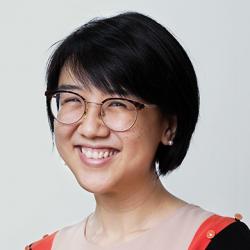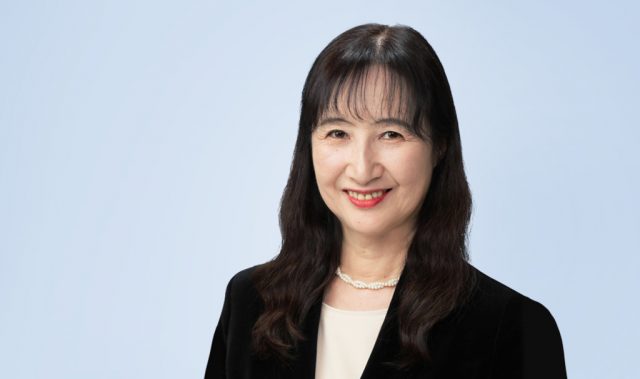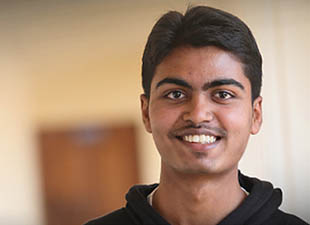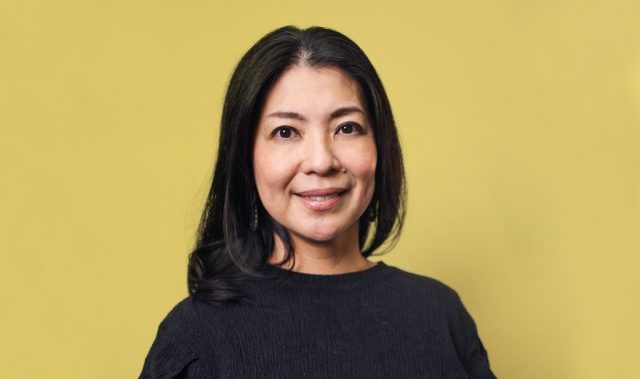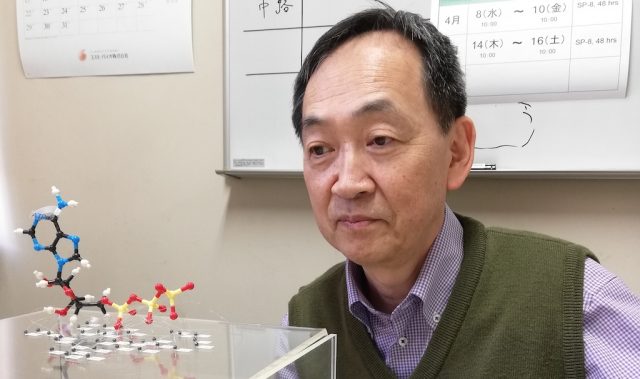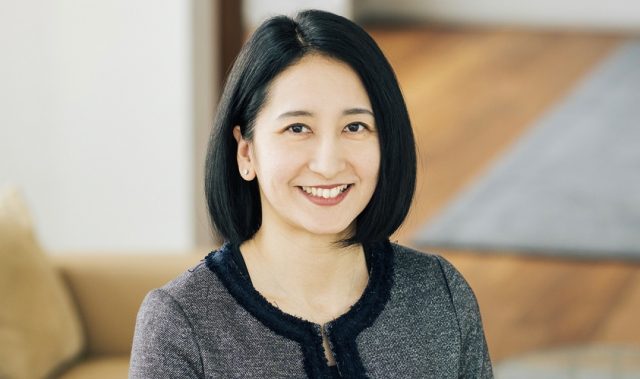
Naoko Yamazaki
Member of the Space Policy Committee
Cabinet Office of Japan

AsianScientist (Jan. 11, 2017) – Ms. Naoko Yamazaki is one of just 60 women to have gone to space. Her 2010 mission, STS-131, also marked the first time that four women were at the International Space Station at the same time.
Though STS-131 mission only lasted 15 days, Yamazaki’s journey to space began more than a decade earlier when she was first selected as an astronaut candidate in 1999. While undergoing the rigorous training to become an astronaut, she witnessed both joy and tragedy: the birth of her daughter Yuki in 2002 and the disintegration of Space Shuttle Columbia in 2003.
Undeterred, Yamazaki continued with her training, becoming certified as a Mission Specialist by NASA in 2006 and receiving her assignment to STS-131 in 2008. Finally, she became the second Japanese woman to go into space on April 5, 2010, when the Space Shuttle Discovery was successfully launched from the Kennedy Space Center.
Since her retirement from the Japan Aerospace Exploration Agency (JAXA) in 2011, Yamazaki has been involved in promoting STEM among the young and advising the government on science policy. Nonetheless, as she shares with Asian Scientist Magazine, going back to space is never far from her mind.
- What first sparked your interest in space?
As a child, I was inspired by sci-fi movies like Star Wars and Star Trek and thought that we all would go to space by the time I became an adult. It was at the age of 15, when I saw the launch of the Space Shuttle Challenger on TV, that I realized it was an actual space program. Though Challenger was a tragedy, I still wanted to be involved in space development and to become astronaut someday.
- How competitive is it to become an astronaut in Japan?
In Japan, astronaut selection happens roughly every three to ten years. Each time there are almost 1,000 applicants, and only one to three astronauts are selected. The selection process takes almost a year including paper and practical tests, medical checks, interviews and a psychological test in an isolated chamber, etc.
The selection criteria is similar to NASA’s and recently, more emphasis has been placed on psychological aspects since space missions are getting longer.
- What does it take to be a good astronaut?
Situational awareness, leadership and being a good follower are essential qualities for an astronaut. Team building is well emphasized during the training.
- You were selected to be an astronaut in 1999 but only went on your mission in 2010. Why does training take so long and what does it involve?
The first two years of my training were dedicated to basic training, after which I moved to advanced training while supporting other missions and ground jobs. Due to the Space Shuttle Columbia disaster in 2003, the planned upgrade of the International Space Station (ISS) was delayed.
I was originally supposed to be on a long-duration mission after the completion of the ISS assembly. However, due to the delay, my training plan was changed to add training for Russian spacecraft Soyuz and Space Shuttle Mission Specialist skills.
- Your daughter Yuki was born in 2002. Did the 2003 Columbia disaster have an impact on your decision to go?
Though the Columbia accident was shocking, it did not change my decision to go to space as we had been working as a whole team and overcoming the tragedy seemed important to me. After the accident, I realized it would be very important to share information with my family so that they wouldn’t be worried. Later on, my daughter would even occasionally observe my training.
- What was your role on on the STS-131 mission?
STS-131 mission’s was to supply and assemble parts of the ISS. My role was operating the robotics arms of the space shuttle and installing the Leonardo logistics module on the ISS. Also, I served as a load master of supply equipment.
- What does the Earth look like from space?
It was breathtaking. The Earth looked like a spacecraft, and yet at the same time, it also looked alive. The ocean shone in blue and the white clouds were so dynamic. It struck me then that a thin, shiny layer of atmosphere is all that protects the planet.
Somehow, going to space felt very familiar to me and seemed almost like dropping by my hometown.
- Why should governments fund space missions when there are other urgent concerns?
From the perspective of space, we are able to know about the Earth. So studying space is not only for the sake of understanding more about it; it is for our home planet, Earth.
- What is the benefit of participating in collaborative projects like the International Space Station?
I felt like the ISS was a miniature version of the Earth, with various crew members from many countries including US, Russian, Japan, etc. I hope that collaborative projects like the ISS will positively influence international relationships on the Earth as well. I hope more nations will be involved in post-ISS human space flight missions.
- What have you been involved with since your retirement from JAXA in 2011?
I am continuing work that involves the future of space, such as being on the Cabinet Office’s Space Policy Committee and advising the Young Astronauts Club–Japan. In addition, I also serve as a director of the Japan Rocket Society. I hope more and more people will be able to go to space as space tourism matures. I personally would love to go back to space someday.



This article is from a monthly series called Asia’s Scientific Trailblazers. Click here to read other articles in the series.
———
Copyright: Asian Scientist Magazine; Photo: NASA.
Disclaimer: This article does not necessarily reflect the views of AsianScientist or its staff.



